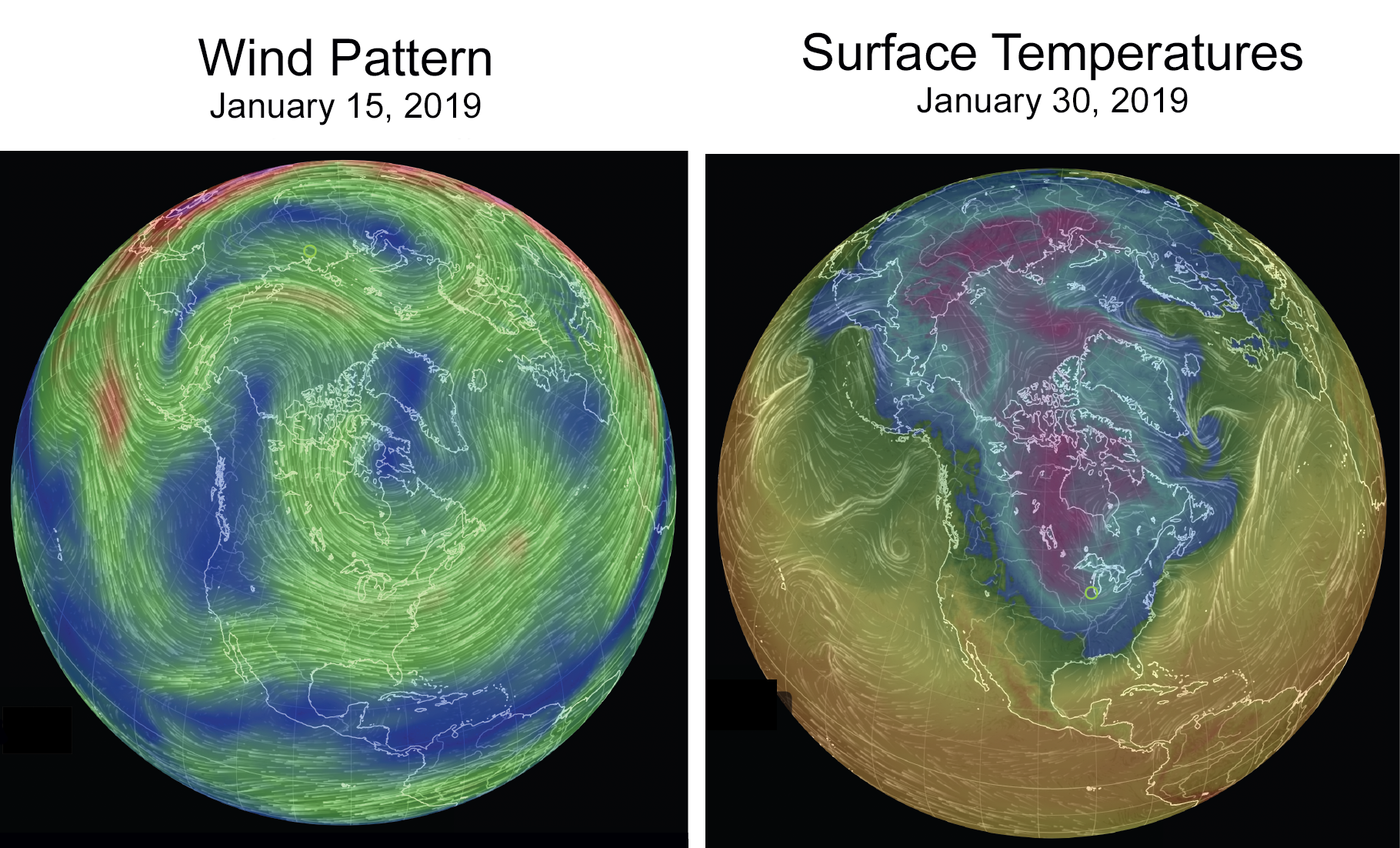The decision by Andrew R. Wheeler, the E.P.A. administrator, represents a victory for the chemical industry and for farmers who have lobbied to continue using the substance, chlorpyrifos, arguing it is necessary to protect crops.
It was the administration’s second major move this year to roll back or eliminate chemical safety rules. In April, the agency disregarded the advice of its own experts when officials issued a rule that restricted but did not ban asbestos, a known carcinogen. Agency scientists and lawyers had urged the E.P.A. to ban asbestos outright, as do most other industrialized nations.
In making the chlorpyrifos ruling, the E.P.A. said in a statement that the data supporting objections to the use of the pesticide was “not sufficiently valid, complete or reliable.” The agency added that it would continue to monitor the safety of chlorpyrifos through 2022.

A 2018 protest in California after a public hearing on increasing restrictions on the use of the agricultural pesticide chlorpyrifos. CreditCreditMax Whittaker for The New York Times
Continue reading at: E.P.A. Won’t Ban Chlorpyrifos, Pesticide Tied to Children’s Health Problems - The New York Times






